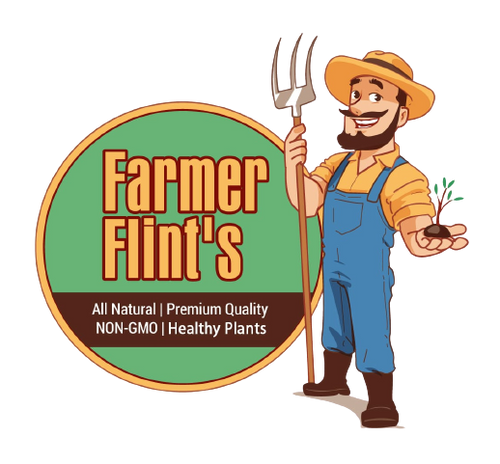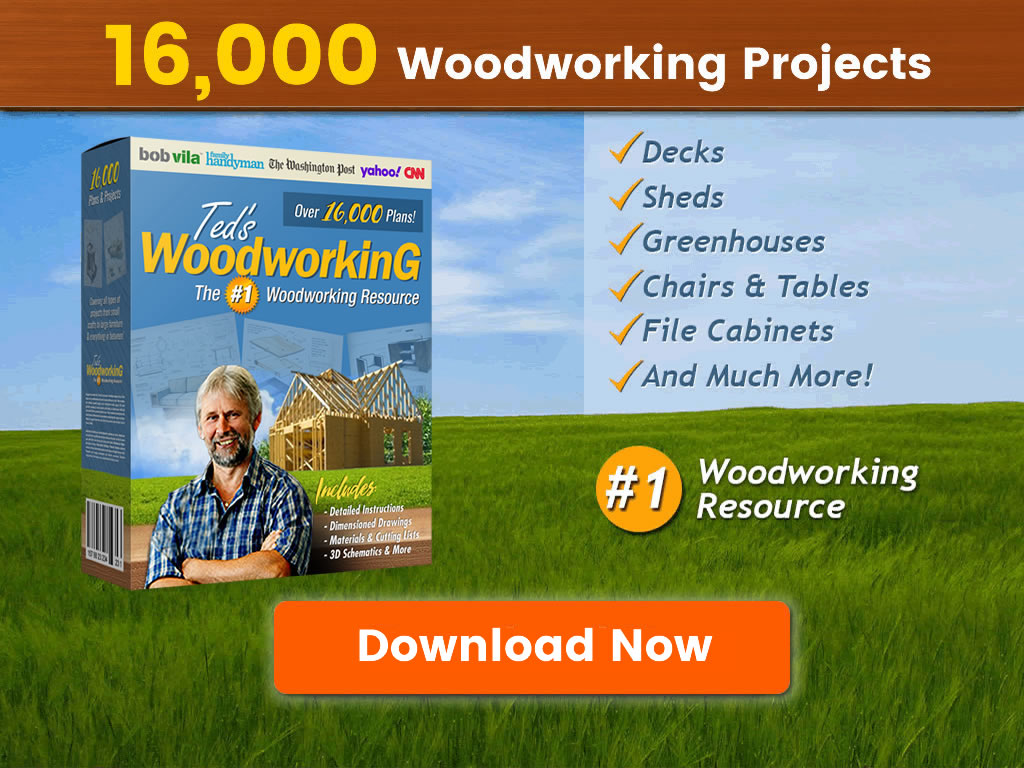When planning a successful garden, one of the most important—but often overlooked—factors is climate. Temperature, frost dates, and seasonal patterns determine not just how well plants grow but whether they can survive at all. That’s where hardiness zones come in. Whether you’re growing vegetables, flowers, shrubs, or trees, understanding your hardiness zone helps you choose plants that will thrive with minimal intervention, leading to healthier gardens and fewer costly mistakes.
This article explains what hardiness zones are, why they matter, how to find your zone, and what you can grow depending on where you live. By the end, you’ll be able to approach gardening with more confidence and plant with the knowledge that your garden is tailored to your local climate.
What Are Hardiness Zones?
A hardiness zone is a geographic area defined by climate conditions, specifically the average annual minimum winter temperature. The concept allows gardeners, farmers, and horticulturalists to know which plants can survive outdoors year-round in a given region.
The most widely used system in the United States is the USDA Plant Hardiness Zone Map. It divides the country into 13 zones, with each zone representing a range of 10°F (about 5.5°C) differences in the average annual minimum winter temperature. Some zones are further divided into “a” and “b” (for example, Zone 7a vs. Zone 7b), reflecting a 5°F difference.
Why Hardiness Matters
Hardiness primarily measures cold tolerance—how much freezing a plant can endure. For perennial plants (those living more than one year), knowing this is essential because harsh winter cold can kill plants not suited to your region. For example, tropical plants like bougainvillea may thrive in Florida (Zone 10) but die in the ground during a Minnesota winter (Zone 4).
It’s important to note that hardiness zones don’t account for all growing conditions. They focus on minimum winter temperatures, but other factors like soil quality, humidity, summer heat, and rainfall patterns also affect plant survival. That said, zones are a reliable starting point when selecting what to plant.
How to Find Your Hardiness Zone
Finding your hardiness zone is easy. Most gardening books and plant catalogs list a plant’s recommended zone range. For example, a tag may say, “Hardy in Zones 5–9,” meaning it should survive winter temperatures typical of those zones.
To determine your zone:
-
Visit the USDA Plant Hardiness Zone Map online.
-
Enter your ZIP code for an instant result.
-
Check whether you’re on a zone border or microclimate (like near water or at high elevation), which may affect what grows best.
Factors Affecting Hardiness Beyond Zones
While zones are valuable, they are not the full story. Two gardeners in the same zone may still have very different growing experiences because of:
-
Microclimates
A sunny south-facing wall may be significantly warmer than an exposed open yard. Conversely, low-lying areas that collect cold air might freeze earlier. -
Soil Conditions
Sandy soil drains quickly and can expose roots to extreme cold, while clay soil holds water and can cause root rot. -
Snow Cover
Snow acts as insulation for plants. Regions with reliable snow cover may have less winter root damage compared to equally cold but snow-free areas. -
Wind Exposure
Cold winds can damage stems and desiccate evergreen foliage even if temperatures stay within a plant’s rated hardiness. -
Heat Tolerance
Hardiness zones don’t measure how plants handle extreme summer heat. Some plants that tolerate cold (like certain lettuces) will bolt or wither in intense heat.
Hardiness Zone Overview and What to Plant
Here’s a quick guide to general planting recommendations by zone. Keep in mind these are just examples; specific varieties matter, too.
Zone 1 (Below -50°F / -45.6°C)
Where: Parts of Alaska and northern Canada
Challenges: Extreme cold, short growing season
What to Plant:
-
Cold-hardy root vegetables (turnips, carrots)
-
Cabbage and kale
-
Dwarf conifers and hardy perennials like sedum
Tip: Focus on season extenders like greenhouses or cold frames.
Zone 2 (-50°F to -40°F)
Where: Parts of Alaska, northern Minnesota, Canada
What to Plant:
-
Potatoes, beets, lettuce, and peas
-
Hardy shrubs like Siberian peashrub
-
Cold-hardy apples (like Haralson)
Zone 3 (-40°F to -30°F)
Where: Upper Midwest, northern New England
What to Plant:
-
Perennials like daylilies, peonies, and coneflowers
-
Cold-hardy trees like birch and aspen
-
Vegetables: cabbage, Brussels sprouts, broccoli
Tip: Use row covers for spring/fall crops.
Zone 4 (-30°F to -20°F)
Where: Northern Plains, parts of New England, Rocky Mountains
What to Plant:
-
Raspberries, blueberries, rhubarb
-
Root crops like onions and carrots
-
Spruce, pine, and maple trees
Zone 5 (-20°F to -10°F)
Where: Midwest, parts of Northeast and West
What to Plant:
-
Tomatoes, peppers, beans, cucumbers
-
Perennials: hostas, daylilies, phlox
-
Fruit trees: apples, pears, hardy cherries
Tip: Zone 5 is versatile—consider extending harvest with cold frames.
Zone 6 (-10°F to 0°F)
Where: Mid-Atlantic, southern Midwest, Pacific Northwest valleys
What to Plant:
-
Warm-season vegetables: squash, tomatoes, eggplants
-
Herbs: basil, rosemary, thyme
-
Ornamentals: hydrangeas, roses, lavender
Zone 7 (0°F to 10°F)
Where: Parts of the South, southern Mid-Atlantic
What to Plant:
-
Citrus hybrids, figs, pomegranates
-
Annual flowers like zinnias and marigolds
-
Long-season vegetables like sweet potatoes and okra
Zone 8 (10°F to 20°F)
Where: South, coastal Pacific Northwest
What to Plant:
-
Lemons, mandarins, olives
-
Camellias, gardenias, magnolias
-
Vegetables nearly year-round: collards, kale, lettuce in winter
Zone 9 (20°F to 30°F)
Where: Florida, Texas Gulf Coast, southern California
What to Plant:
-
Tropical fruits: avocados, mangoes, bananas
-
Bougainvillea, hibiscus
-
Vegetables: peppers, eggplant, tomatoes (year-round with planning)
Zone 10+ (Above 30°F)
Where: Southern Florida, Hawaii, Puerto Rico
What to Plant:
-
Coconut palms, papaya, pineapple
-
Orchids and other tropical ornamentals
-
Year-round vegetables, especially heat-loving crops
Annuals vs. Perennials by Zone
Annual plants (like many vegetables and flowers) don’t rely as much on hardiness because they complete their life cycle in one growing season. Perennials, however, need to survive winters, making hardiness zones critical for:
-
Fruit trees and berry bushes
-
Shrubs and ornamental grasses
-
Hardy perennials like hostas or peonies
When selecting perennials, choose varieties listed for your zone or colder (for safety). For example, if you’re in Zone 6, a plant hardy to Zone 5 or lower is safe. One rated for Zone 7 might die in a harsh winter.
Adapting to Your Zone
Knowing your zone doesn’t limit you—it helps you work smarter. You can:
-
Use season extenders like hoop houses or greenhouses to grow plants outside their usual zone.
-
Treat less-hardy plants as annuals (e.g., growing peppers in Zone 4 but replanting yearly).
-
Plant container gardens that can be moved indoors for winter.
Common Misconceptions About Hardiness Zones
-
“I’m in Zone 5, so I can’t grow citrus.”
Actually, you can grow dwarf citrus trees in containers and overwinter them indoors. -
“Zones determine planting times.”
Zones only indicate cold tolerance, not frost dates or growing season length. Always check local frost dates before planting. -
“Climate change doesn’t affect my garden zone.”
In fact, USDA zones were updated in 2012 due to warming trends. Keep an eye on how long-term changes may shift what you can grow.
Tips for Success in Any Zone
-
Start with Native Plants: These are naturally adapted to your region’s climate.
-
Know Your Frost Dates: Combine hardiness zones with frost date data for best planting schedules.
-
Focus on Soil Health: Good soil can help borderline plants survive extremes.
-
Use Mulch: It regulates soil temperature and conserves moisture.
-
Be Flexible: Experiment with one or two “stretch” plants outside your comfort zone, but don’t base your entire garden on them.
Conclusion
Hardiness zones are an invaluable tool for gardeners, guiding plant choices that match your local climate. They don’t dictate every decision but serve as a foundation for smart, sustainable gardening. Understanding your zone helps you choose plants that will survive winter, thrive through seasonal changes, and reward you with stronger growth and better harvests.
Whether you’re in a frosty Zone 3 region or a tropical Zone 10 paradise, there are plants perfectly suited to your unique environment. Pair zone knowledge with good soil care, proper watering, and attentive observation, and you’ll build a garden that not only survives but thrives year after year.







